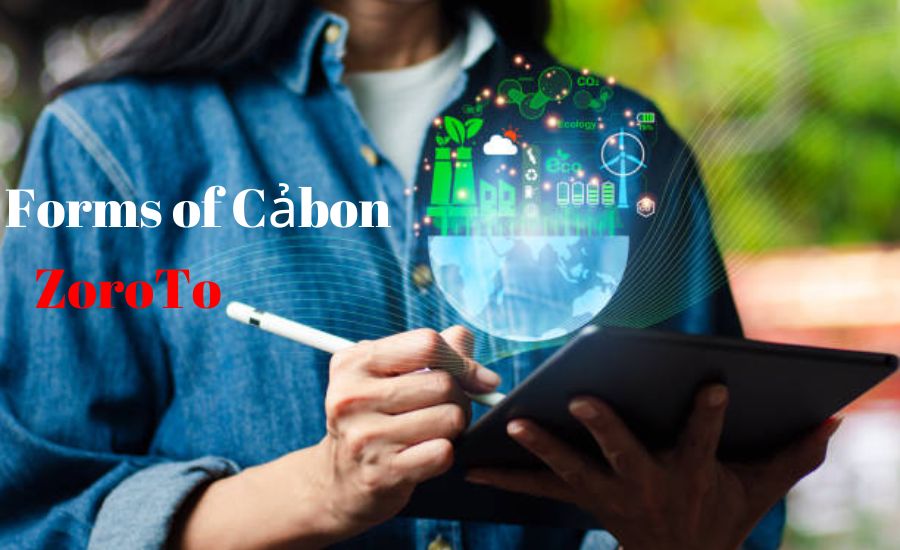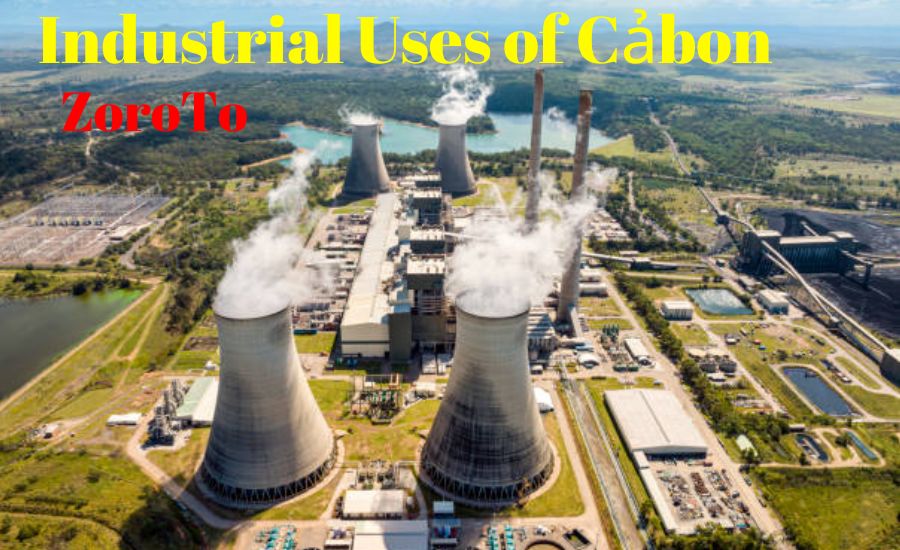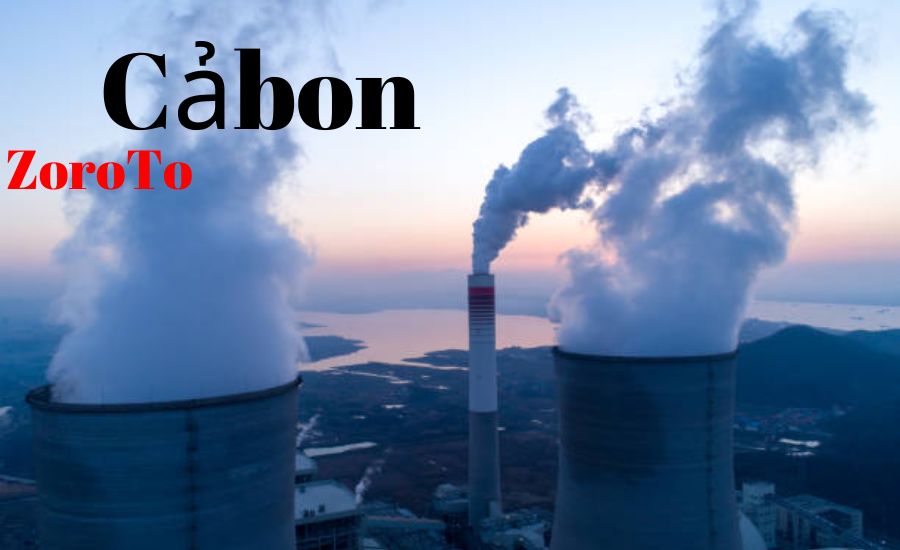Cảbon,” a fundamental building block of life, weaves through the fabric of our planet in myriad forms, from the diamond’s unyielding clarity to the graphite’s dark smear. This versatile element symbolized as “C” on the periodic table, is not just a cornerstone of chemistry but a pivotal player in the global ecosystem, technology, and industry.
What is Cảbon?
At its essence, Cảbon is a chemical element with an atomic number of 6, known for its unparalleled ability to form a vast number of compounds, over ten million known today. Its discovery dates back to antiquity, with its name deriving from the Latin ‘carbo,’ meaning charcoal, reflecting its abundance in nature and use throughout human history.

Forms of Cảbon:
Cảbon manifests in several allotropic forms, showcasing its adaptability:
- Diamond: Known for its brilliance and hardness, diamond is a form where “Cảbon” atoms are arranged in a crystal lattice.
- Graphite: In contrast, graphite is soft, slippery, and conducts electricity, composed of hexagonally arranged “Cảbon” atoms.
- Amorphous Carbon: This form includes coal and soot, where the atomic arrangement is without a clear structure.
- Fullerenes: Molecules composed entirely of “Cảbon,” shaped like spheres or tubes, known for their electrical properties.
- Nanotubes and Graphene: Miracles of modern science, these materials promise revolutionary applications, from electronics to materials science.
Industrial Uses of Cảbon

Industrial Uses of Cảbon
Industrially, “Cảbon” finds applications in steelmaking, as a filter in water purification, and in the production of plastics and textiles. Its role in energy production, particularly through coal and carbon-based fuels, underscores its importance and the environmental challenges it presents.
Cảbon in the Natural World
“Cảbon” cycles through the Earth’s ecosystems in a delicate balance, essential for life. This cycle describes how “Cảbon” moves between the Earth’s oceans, atmosphere, and living organisms, critical for regulating the Earth’s climate and nurturing biodiversity.
Cảbon in Modern Technology
In technology, “Cảbon” is at the forefront of innovation. Graphene, a single layer of “Cảbon” atoms, is heralded for its strength and electrical conductivity, promising breakthroughs in electronics, medical devices, and energy solutions.

Environmental Impact of “Cảbon”
The environmental narrative of “Cảbon” is dual-edged. While essential for life, human activities have significantly increased “Cảbon” emissions, leading to climate change. The discussion now pivots on mitigating these impacts through renewable energy, “Cảbon” capture, and sustainable practices.
The Economic Aspect of “Cảbon”
Economically, “Cảbon” is a commodity traded worldwide, with markets for “Cảbon” credits and taxes emerging as tools to reduce emissions and combat climate change.
Cảbon in Cultural and Historical Context
Historically, Cảbon has been a symbol of transformation—coal fueling the Industrial Revolution, diamonds symbolizing enduring beauty. Its discovery and manipulation reflect humanity’s ingenuity and its consequences.
Cảbon-Based Materials and Applications
The realm of “Cảbon”-based materials is vast and ever-expanding, encompassing a diverse range of applications that touch nearly every aspect of modern life. From the sturdy carbon fibers used in aerospace engineering to the activated carbon employed in water filtration systems, these materials showcase “Cảbon’s” versatility. Additionally, carbon-based materials play a crucial role in the energy sector, particularly in the development of high-capacity batteries and supercapacitors. These advancements not only promise to revolutionize energy storage solutions but also contribute significantly to the transition towards renewable energy sources, underscoring “Cảbon’s” pivotal role in driving sustainable technological progress.
Industries and Cảbon Management
Industries worldwide are increasingly recognizing the imperative of “Cảbon” management, spurred by the urgent need to address climate change and transition towards sustainability. “Cảbon” management encompasses strategies to reduce carbon dioxide emissions through energy efficiency, renewable energy adoption, and innovative technologies like carbon capture and storage (CCS). In sectors ranging from manufacturing to transportation, companies are investing in low-“Cảbon” technologies and practices to mitigate their environmental impact. Moreover, the rise of “Cảbon” trading and taxation schemes reflects a growing economic incentive for industries to embrace “Cảbon” management, positioning it as a critical component of corporate responsibility and sustainability efforts.
Future Innovations in Carbon Use
The future of “Cảbon” use is marked by the potential for groundbreaking innovations that could redefine energy, materials science, and environmental stewardship. Research into carbon-based nanomaterials, for example, is paving the way for lighter, stronger, and more conductive materials, with implications for electronics, construction, and transportation. Additionally, advancements in “Cảbon” capture and utilization (CCU) technologies hold the promise of transforming carbon dioxide from a greenhouse gas into a valuable resource, used in the production of fuels, chemicals, and building materials. These innovations underscore the dual challenge and opportunity of “Cảbon”: to harness its potential for human advancement while ensuring its use aligns with environmental sustainability.
Conclusion
“Cảbon,” in its myriad forms, remains a cornerstone of modern society, intertwined with the environment, economy, and technological innovation. As we navigate the challenges and opportunities it presents, Cảbon’s journey from the stars to the core of our planet narrates a story of discovery, innovation, and hope for a sustainable future.
FAQ’s
What is the most common form of Cảbon on Earth?
Diamond and graphite are naturally occurring forms, but amorphous “Cảbon,” including coal, is the most abundant form used by humans.
How does Cảbon impact climate change?
Cảbon emissions from burning fossil fuels trap heat in the atmosphere, contributing significantly to global warming and climate change.
What are some emerging uses of Cảbon in technology?
Graphene and carbon nanotubes offer potential in electronics, energy storage, and materials science due to their unique properties.
Can “Cảbon” be recycled?
Yes, through processes like “Cảbon” capture and storage (CCS), “Cảbon” can be reused or stored to mitigate environmental impact.
Why is the Cảbon cycle important?
The “Cảbon” cycle is crucial for regulating Earth’s climate, supporting plant life through photosynthesis, and maintaining the balance of “Cảbon” in the atmosphere and oceans.